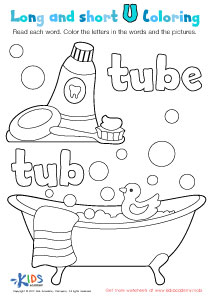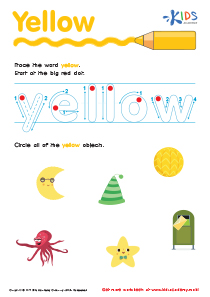Alphabetical order understanding Normal English for Beginners Worksheets for Ages 4-9
3 filtered results
-
From - To
Our Alphabetical Order Worksheets are specially designed for beginners aged 4-9 to master the basics of arranging words alphabetically. These engaging worksheets use simple, familiar words to help young learners organize lists, enhance vocabulary, and develop essential literacy skills. Ideal for both native speakers and ESL students, each activity is tailored to the child's learning stage, ensuring a fun and effective educational experience. Whether used at home or in the classroom, our resources provide the perfect foundation for early reading and writing success, supporting kids in becoming confident, independent learners. Discover and download today!
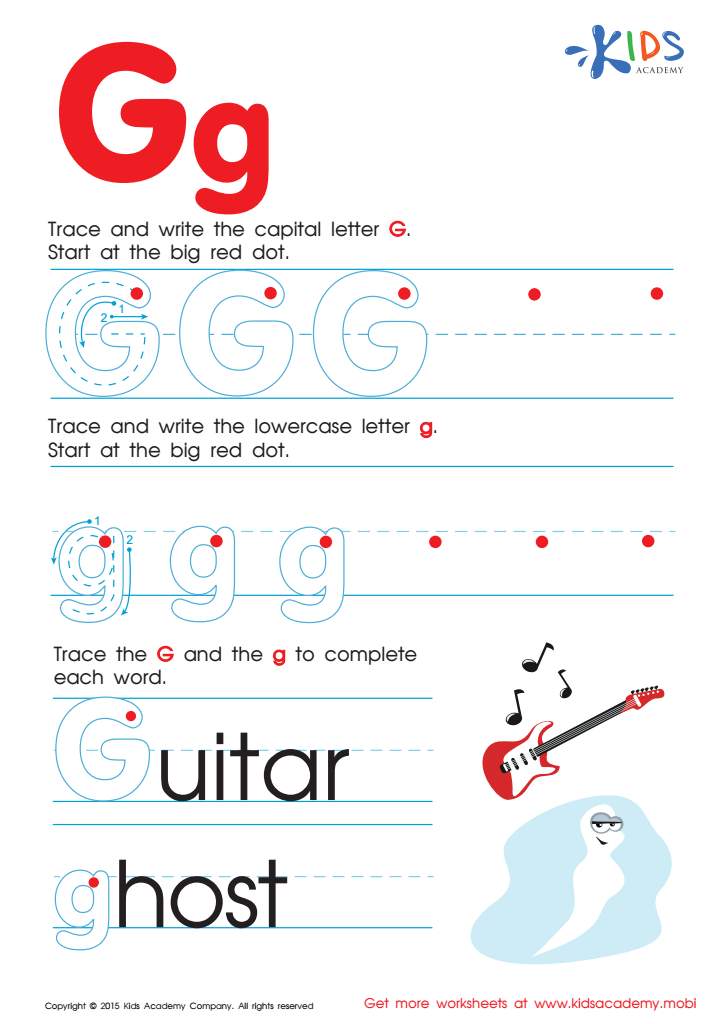

Letter G Tracing Page
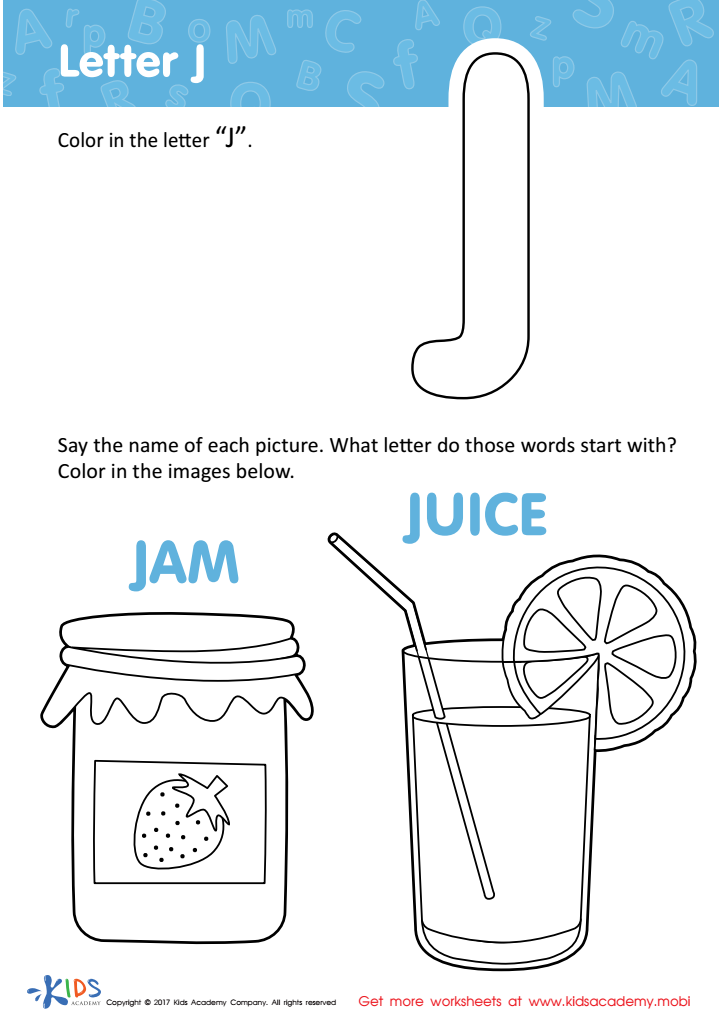

Letter J Coloring Sheet
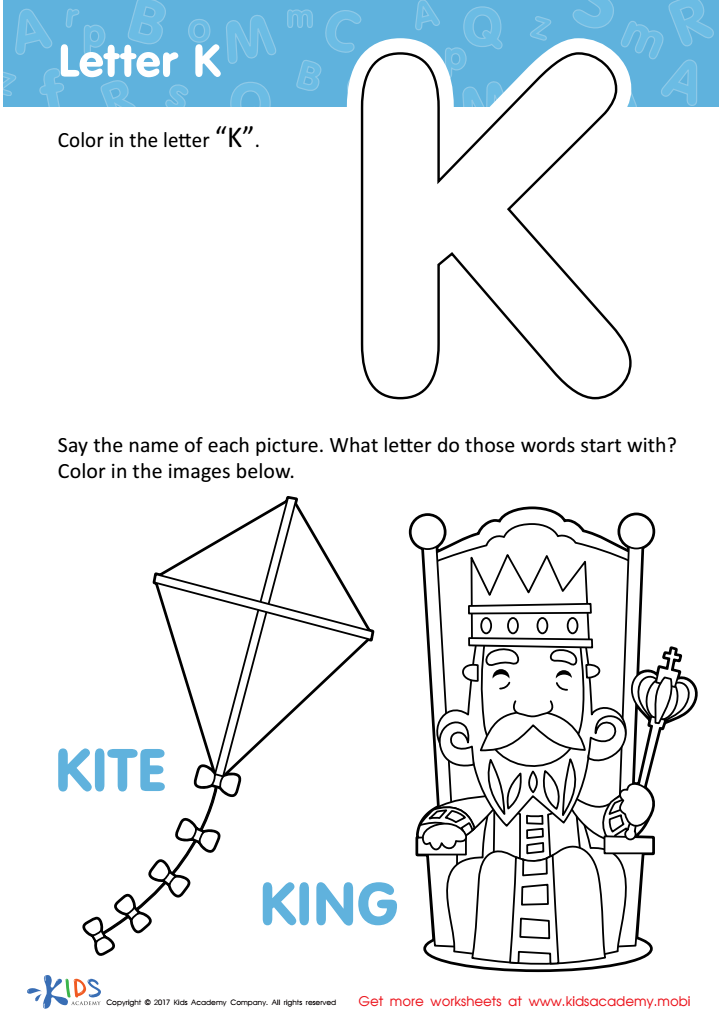

Letter K Coloring Sheet
Understanding alphabetical order is foundational for early learners aged 4-9, as it equips them with essential reading and organizational skills that are vital for academic success. By grasping alphabetical order, children learn how to navigate and systematically manage information, whether searching for a book in a library, locating a word in a dictionary, or organizing personal items at home or school.
This skill enhances their overall literacy by reinforcing letter recognition and helping them comprehend the sequence of the English alphabet. Such understanding directly supports more advanced literacy skills like spelling and reading. For example, knowing where the letter 'H' stands in the alphabet helps a child decode and spell words like "hat" or "house."
Alphabetical order also fosters cognitive development by encouraging logical thinking and problem-solving. When kids organize items alphabetically, they practice mental sorting techniques, thus improving their focus and attention to detail.
Moreover, mastering alphabetical order boosts children’s confidence and independence. They become more adept at completing tasks that require this knowledge, such as looking up words or managing group exercises, which makes them feel competent and self-assured.
In sum, teaching alphabetical order to young learners establishes a critical building block for their educational journey, fostering both academic and personal development.
 Assign to My Students
Assign to My Students







